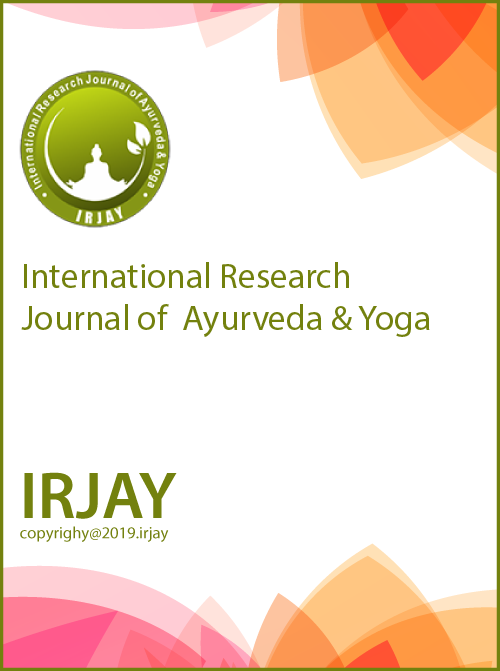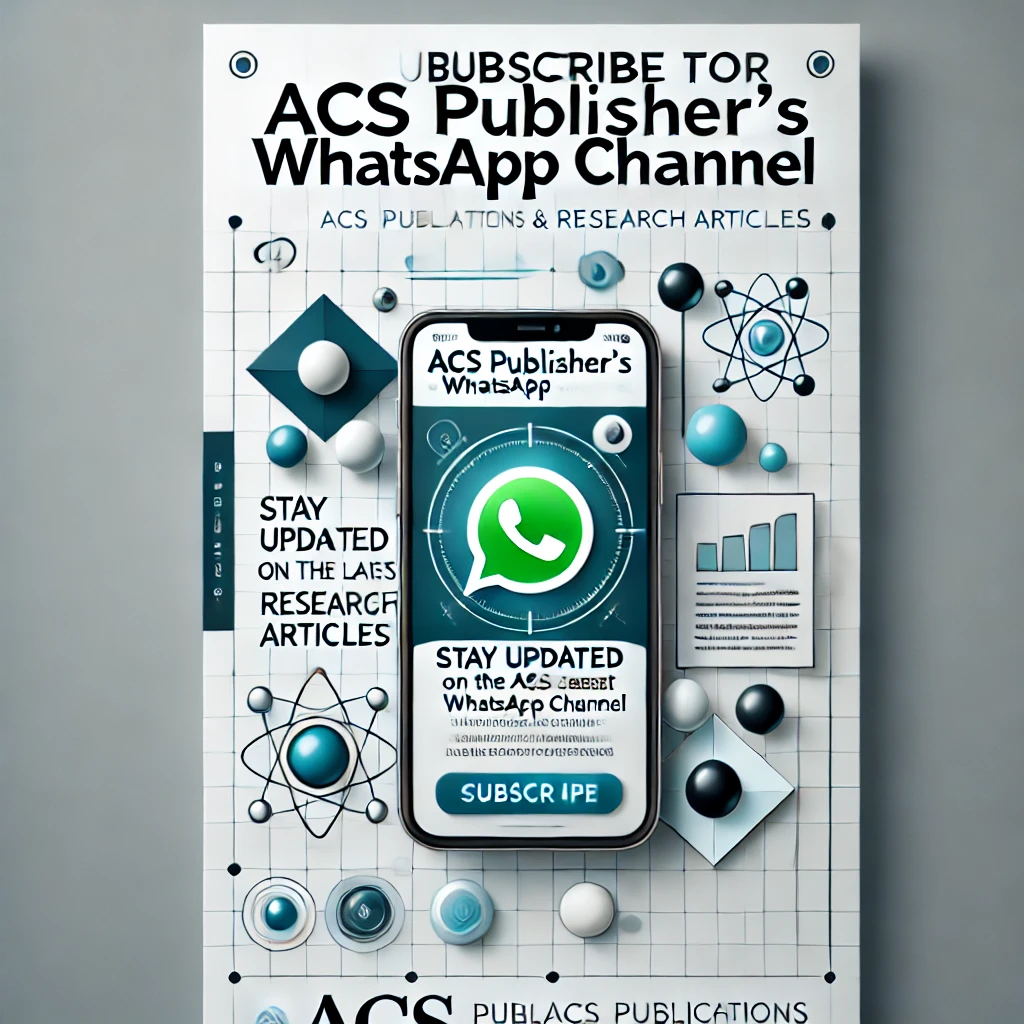Ayurvedic Management of Yakritodara (Fatty Liver Grade Ll) Associated with Garbhashayagata Granthi (Uterine Fibroid) and Ashma Sharkara (Renal Concretions): A Case Report
DOI:
https://doi.org/10.48165/IRJAY.2025.80202Keywords:
Fatty liver, Fibromyoma, Leiomyomas, Uterine fibroidAbstract
Yakritodara (NAFLD) is a major cause of liver-related morbidity in both developed and developing countries. It is frequently associated with the presence of insulin resistance. There is increasing evidence that NAFLD can progress to cirrhosis and liver failure. There is no established treatment for NAFLD. Treatment usually is directed toward optimizing body weight. In Ayurveda, Rakta-Kapha Dushti giving rise to Yakritodara (enlargement of the liver) Garbhashayagatagranthi, mentioned in Ayurveda with vitiated vata affecting mamsa (muscle tissue), rakta (blood) and medas (fat) mixed with kapha. Mutrashmari is the stone formed in urinary tract (kidney, ureter, bladder, and urethra). A 45-year-old female presented to the outpatient department with symptoms of irregular menstruation, body ache, and acidity. On investigation, an ultrasound revealed the presence of a uterine fibroid, Grade Il fatty liver, and renal concretions. The patient underwent Shaman Chikitsa (palliative therapy) according to Ayurvedic principles for a period of 5 months. A follow-up ultrasound showed a complete resolution of the uterine fibroid, along with a reduction in both fatty liver and renal concretions.
Downloads
References
Stewart E. Clinical practice guidelines for the management of non alcoholic fatty liver disease. J Hepatol. 2016;64:1388-402. 2. Thompson MJ, Carr BR. Intramural myomas: To treat or not to treat. Int J Womens Health. 2016;8:145-9.
Dhiman K. Ayurvedic intervention in the management of uterine fibroids: A case series. Ayu. 2014;35(3):303-8.
Stewart EA. Uterine fibroids. Lancet. 2001;357(9252):293-8. 5. Spies JB, Coyne K, Guaou Guaou N, Boyle D, Skyrnarz-Murphy K, Gonzalves SM. The UFS-QOL, a new disease-specific symptom and health-related quality of life questionnaire for leiomyomata. Obstet Gynecol. 2002;99(2):290-300.
Sharma PV. Sushruta-sambita, English translation nidan-sthan. Varanasi: Chaukhambha Vishvabharati; 2005. p. 3-4.
Tripathi YB, Malhotra OP, Tripathi SN. Thyroid stimulating action of Z-guggulsterone obtained from Commiphora mukul. Planta Med. 1984;1:78-80.
Sing DC, Dhyani S, Kaur G. A critical review on Guggulu [Commiphora wightii (ARN.) BHAND.] and its miraculous medicinal uses. Int J Ayurveda Pharma Res. 2015;3(1):1-9.
Pandya MG, Dave AR. A clinical study of Punarnava Mandura in the management of Pandu Roga in old age (geriatric anemia). Ayu. 2014;35(3):252-60.
Rawat AK, Mehrotra S, Tripathi SC, Shome U. Hepatoprotective activity of Boerhaavia diffusa L. Roots--a popular Indian ethnomedicine. J Ethnopharmacol. 1997;56(1):61-6.
Su S, Wang T, Duan JA, Zhou W, Hua YQ, Tang YP, et al. Anti inflammatory and analgesic activity of different extracts of Commiphora myrrha. J Ethnopharmacol. 2011;134(2):251-8.
Parvin S, Kader F, Rahman A, Wahed MI, Haque E. Antibacterial activities and brine shrimp lethality bioassay of the chloroform extract of stem bark of Crataeva nurvala buch ham. Int J Pharm Sci Res. 2012;3(3):830-4.
Soosamma J, Madhavi T, Raj B, Shaji J, Vinutha. Phytochemistry and pharmacology of an important Indian medicinal plant Crataeva nurvala buch ham. Res J Pharmacogn Phytochem. 2010;2(4):275-9.
Balakrishnan G, Vineeth PK, Ramesh NV. Effect of swetha parpati in mutrakrichra: An article review. J Med Pharm Allied Sci. 2017;9(4):588-95.
Kaur M, Singh A, Kumar B. Comparative antidiarrheal and antiulcer effect of the aqueous and ethanolic stem bark extracts of Tinospora Cordifolia in rats. J Adv Pharm Technol Res. 2014;5:122-8.

